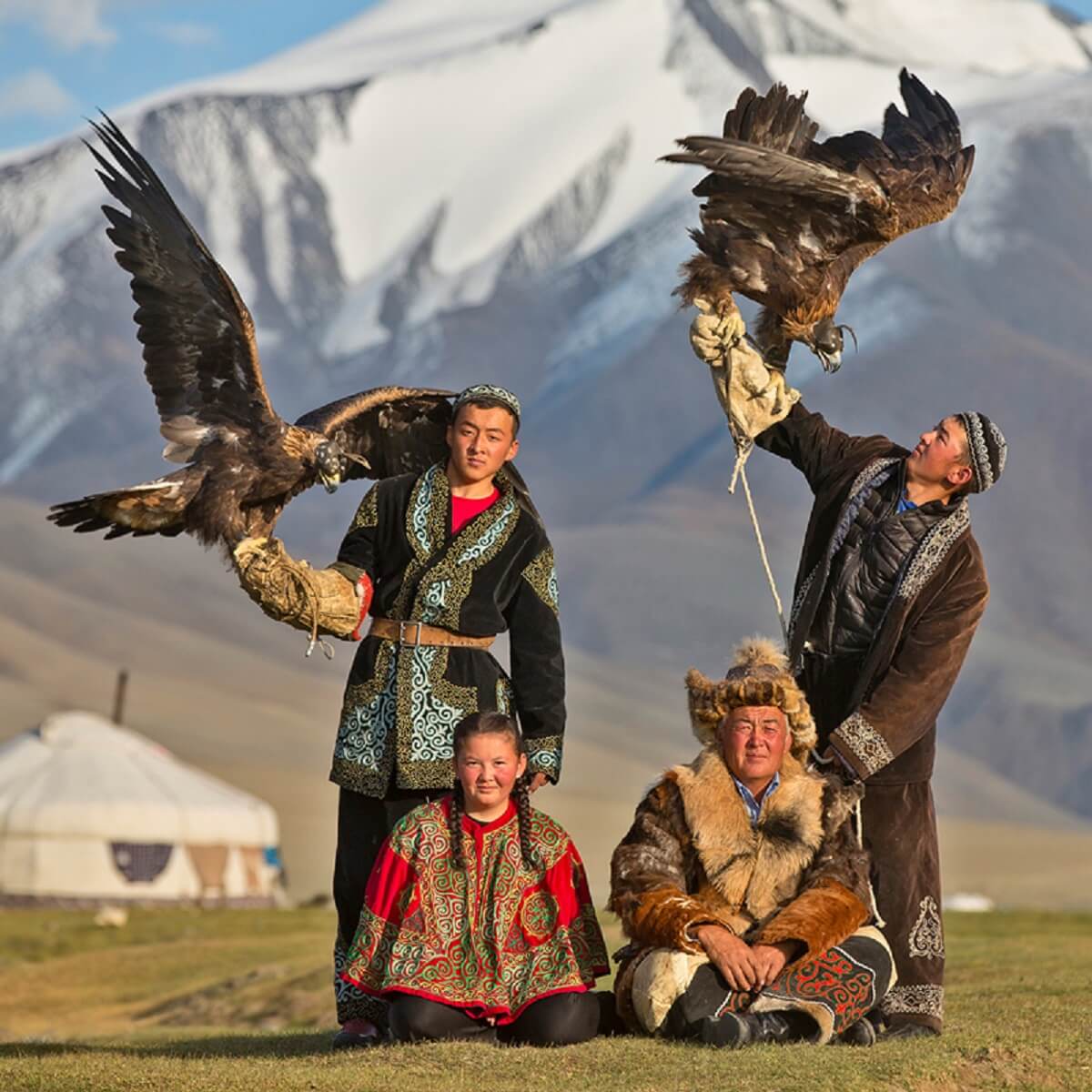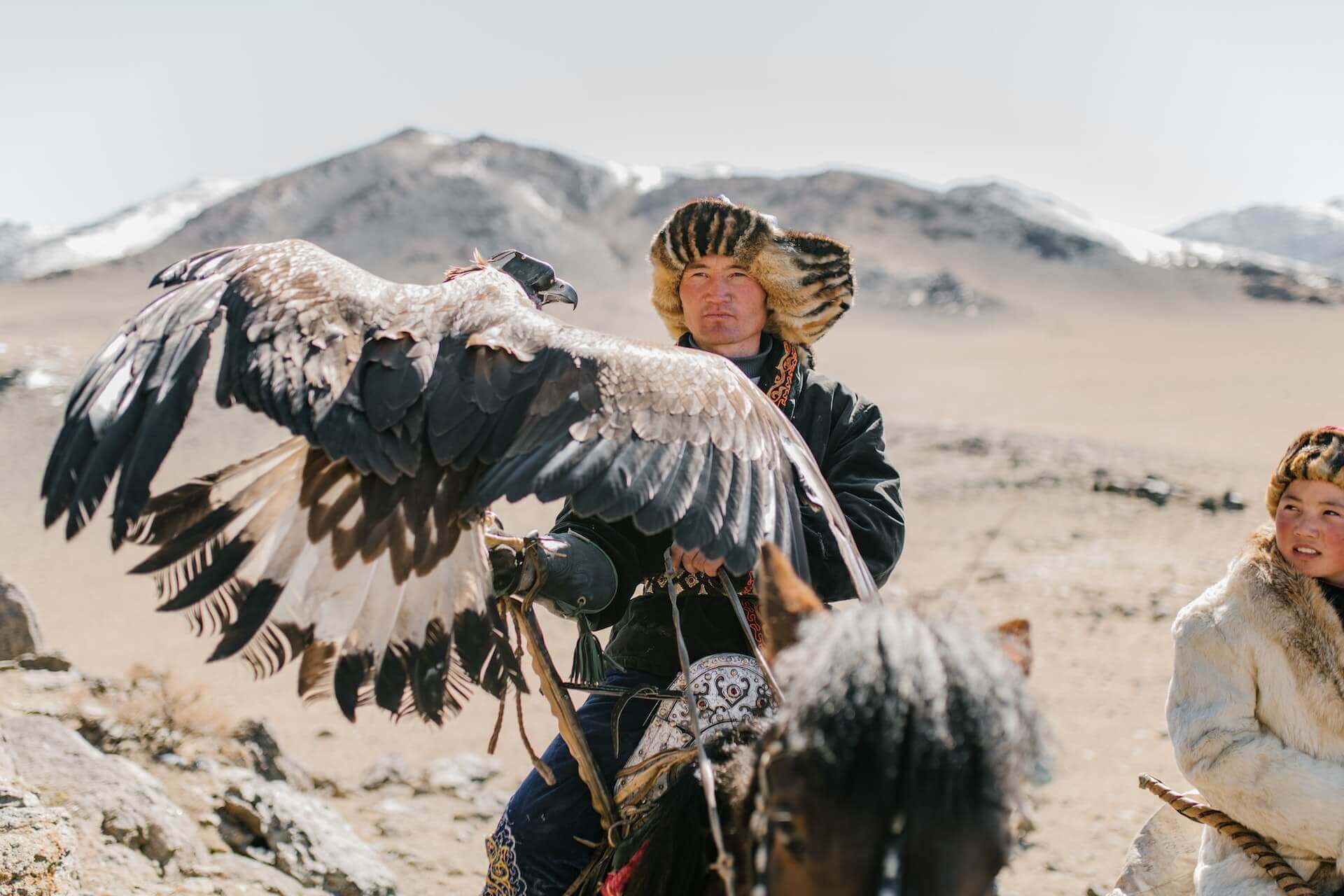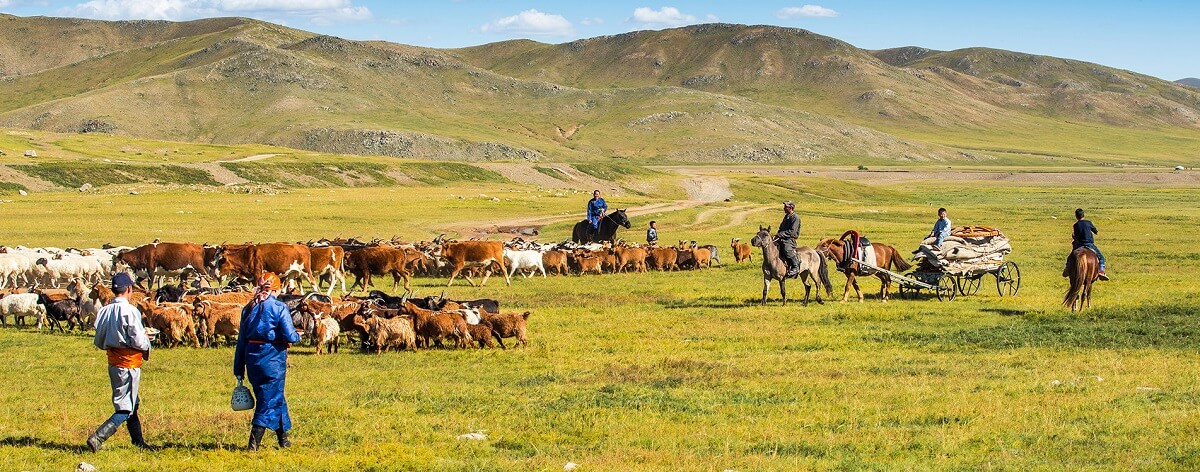Mongolian Throat Singing
Mongolian throat singing is the sound of the wind blowing between high mountains and rocky canyons, water babbling, and trees are considered to be the sounds of nature.
It is assumed that the art of khuumii is handed down from natural khuumii, and originated in the western part of Mongolia, in Khovd and Gobi-Altai provinces, about 1000 years ago.
The khuumii is directly related to Mongolian nomadic civilization. But it was in 1930 that the khuumii became available to the public on solid grounds. The performer produces two distinct vocal sounds: along with a continuous drone, the singer emits a melody of harmonics.
Why is throat sing named like khuumii?
In Our History: Once upon a time, an orphaned little boy lived alone for three years at the foot of a high mountain canyon echoing with many colors. When the strong wind blew, it echoed through the canyon.
When the boy lived alone, only nature expressed itself in the world, and mother nature also helped the boy. One day, the boy imitated the sounds coming from the canyon.

Since the sound he imitated was carried to people by the wind, this sound was called khuumii. Mongolian khuumii (Mongolian throat singing) does not use any musical instruments and is characterized by creating a truly wonderful melody with the help of the pharynx and the voice of the voice.
How do Mongolians sing the Mongolian throat singing?
The beauty of khuumii (Mongolian throat singing) art is that many voices are created by people. It is considered scientifically impossible for humans to produce two sounds.
But The khuumii is the practice of whistling beautiful melodic notes with the tip of the tongue and the front teeth to imitate a continuous, heavy background note.
Two sounds are played at the same time, one called the base vowel khuumii (another name is khargia), and the other is a liquid khuumii (another name is hiss)
What human organs are involved in singing the khuumii?
A person’s teeth, tongue, and lips act as musical instruments, while the oral cavity acts as a resonator. Moreover, throat singing is to be good for you because it helps improve your breathing and throat muscles. It’s also said to be relaxing and stress-relieving.
How are khuumii classified?
There are 2 types of khuumii.
- Tuva Khuumii
- Mongolian khuumii
Tuva khuumii is unique in that it takes a breath from the chest, takes a lot of pressure on the pharynx, and requires a lot of tongue technique.
Mongolian khuumii breathes by pressing on the abdomen. In other words, the deeper the breath, the better the melody sounds. This is the reason why when people listen to the Mongolian horn, they see images of plains and the countryside. This is the biggest difference.
Can the khuumii be sung with the instrument?
Previously, only the sounds of nature were imitated, but now the art of harmonica has developed to a new level with short folk songs and long songs. The khuumii is suitable for all styles of modern music and can be played with all instruments.
Khuumii sounds even better when combined with horse fiddle, which is one of Mongolia’s national music. So I want to show you personally this music that is played in The Voice Australia 2020. Which song is played with the horse Feddle and Throat singing.
- Artist is Bukhu
- Song name is “Mother and Father”
Mongolian throat singing Facts
Fact 1:
Mongolians usually sing khuumii in summer and autumn. because the Mongols believed that khuumii sing was inviting the lord of the wind.
Fact 2:
If you are under 15 years old, don’t learn it. Because it is a transitional age. The color of the pipe is not ready. But when the color of the pipe is mature, it can be learn any age. If you take care of your voice, you can continue singing the khuumii even in your 70s and 80s.
Fact 3:
There are 4 types of Mongolian khuumii. It includes:
• Kharkhiraa – A quick sound coming from deep in the chest
• Whistle– A sound coming out of the mouth
• Narmai – Sound from the nose
• Shahai – A deep throaty sound
Do you have any questions or comments about the Mongolian Khuumii? Let us know in the comments below!
Related Content:
Discover the Golden Eagle Festival in Mongolia
Ancient Mongols Religion and Culture
Mongolian Eagle Hunting
What is a nomadic lifestyle? – Discovering Mongolia’s Nomadic Lifestyle
Unveiling the Brilliance: A Dive into Mongolian Intellectual Sports
Art of Mongolian Carpets
Share to Public






